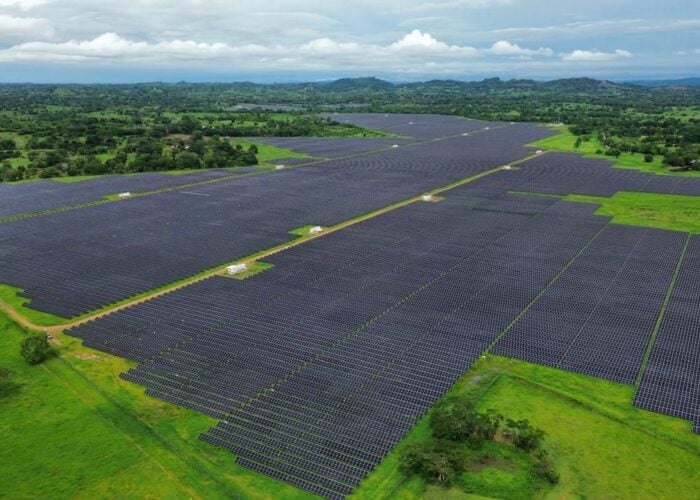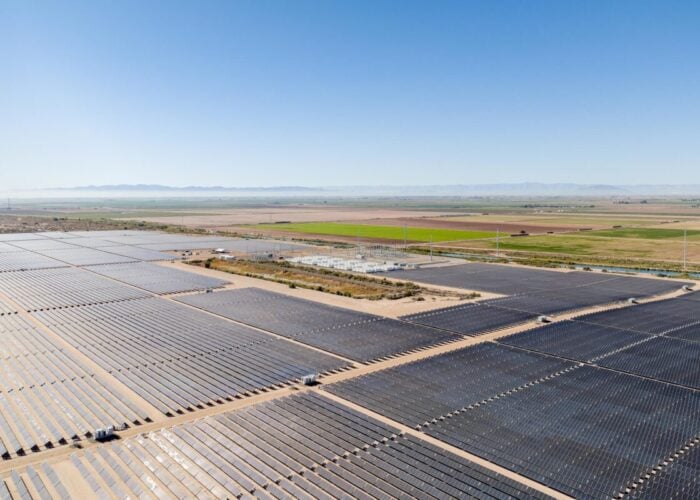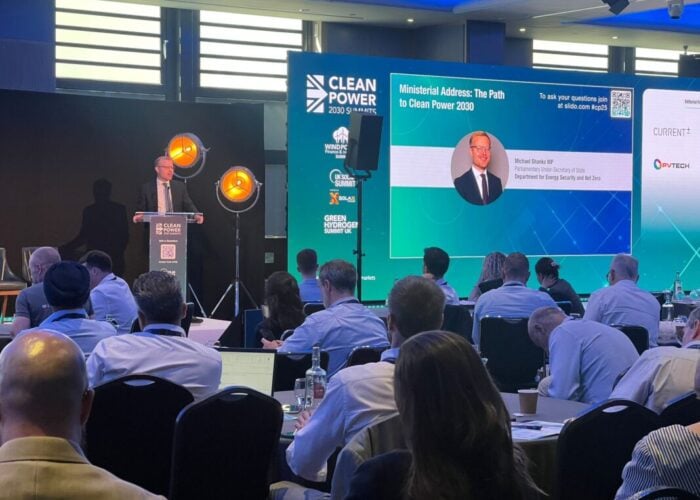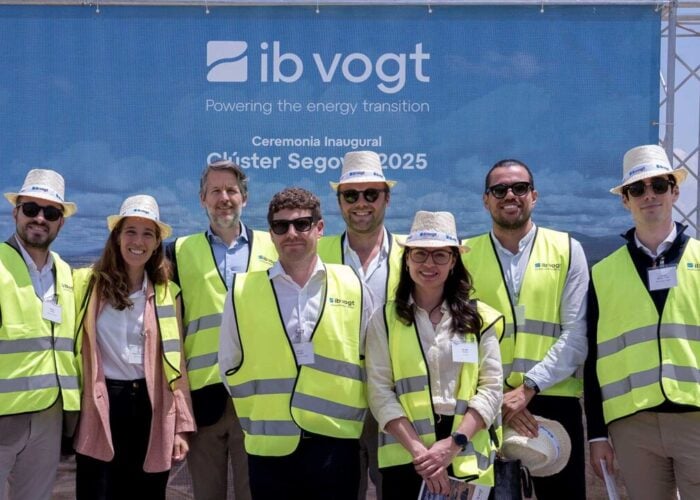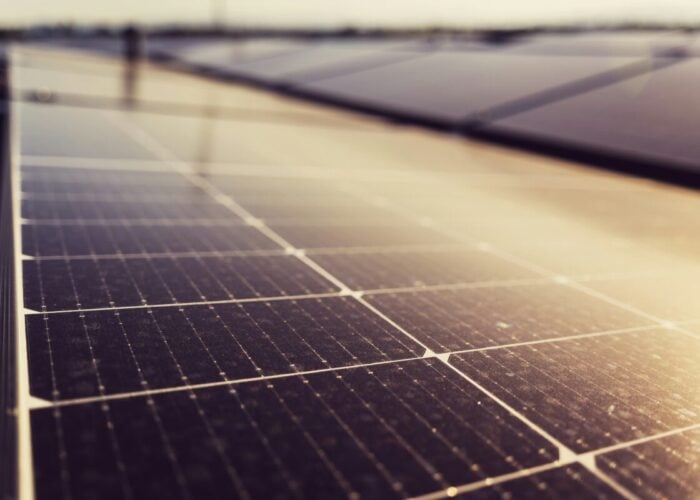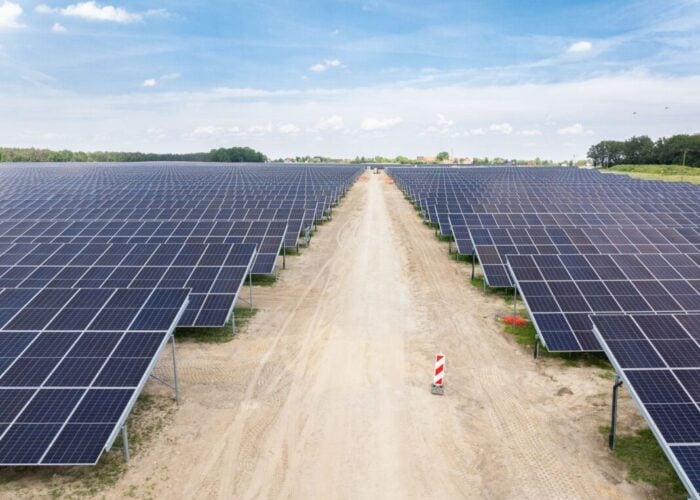DSM’s ‘KhepriCoat’ is claimed to maximize light transmission by minimizing reflection for solar cover glass, while boosting the cost/ performance ratio of solar energy. By enabling more-light to enter a solar device, KhepriCoat is claimed to significantly increase the device’s efficiency, and can make a major contribution in the quest for clean energy generation.
Problem
Unlock unlimited access for 12 whole months of distinctive global analysis
Photovoltaics International is now included.
- Regular insight and analysis of the industry’s biggest developments
- In-depth interviews with the industry’s leading figures
- Unlimited digital access to the PV Tech Power journal catalogue
- Unlimited digital access to the Photovoltaics International journal catalogue
- Access to more than 1,000 technical papers
- Discounts on Solar Media’s portfolio of events, in-person and virtual
Wherever glass meets air, about 4% of the light hitting the glass at a perpendicular angle is reflected. And that percentage rises steeply as the light’s angle of incidence increases. Boosting module conversion efficiencies while providing improved overall module operation at low cost is required.
Solution
KhepriCoat is designed to maximize light transmission by minimizing reflection, leading to a 3-4% energy gain over uncoated modules, according to the company. KhepriCoat adds significant value by improving the cost/performance ratio, thus lowering the cost/Wp and decreasing the Levelized Cost of Energy (LCOE). KhepriCoat can be used on both rolled (patterned) and float glass, and can be applied on one or both sides of the glass. The unique closed surface structure also prevents dirt and residue of all kinds from penetrating or adhering to the coating’s surface. This makes cleaning the modules during assembly and installation much easier compared to other ARC glass.
Applications
Crystalline-silicon modules, thin-film photovoltaic modules, concentrated photovoltaic (CPV) and solar thermal collectors.
Platform
KhepriCoat features unique patented technology with a smooth, closed structure and surface that reduces the risk of degradation, and gives the coating improved durability in extreme weather conditions. The material has been tested by the Fraunhofer, TUV and PI Berlin. It has been subjected to extended accelerated Damp Heat tests, Humidity Freeze tests and Thermal Cycling tests – all according to IEC 61215.
Availability
Currently available.

